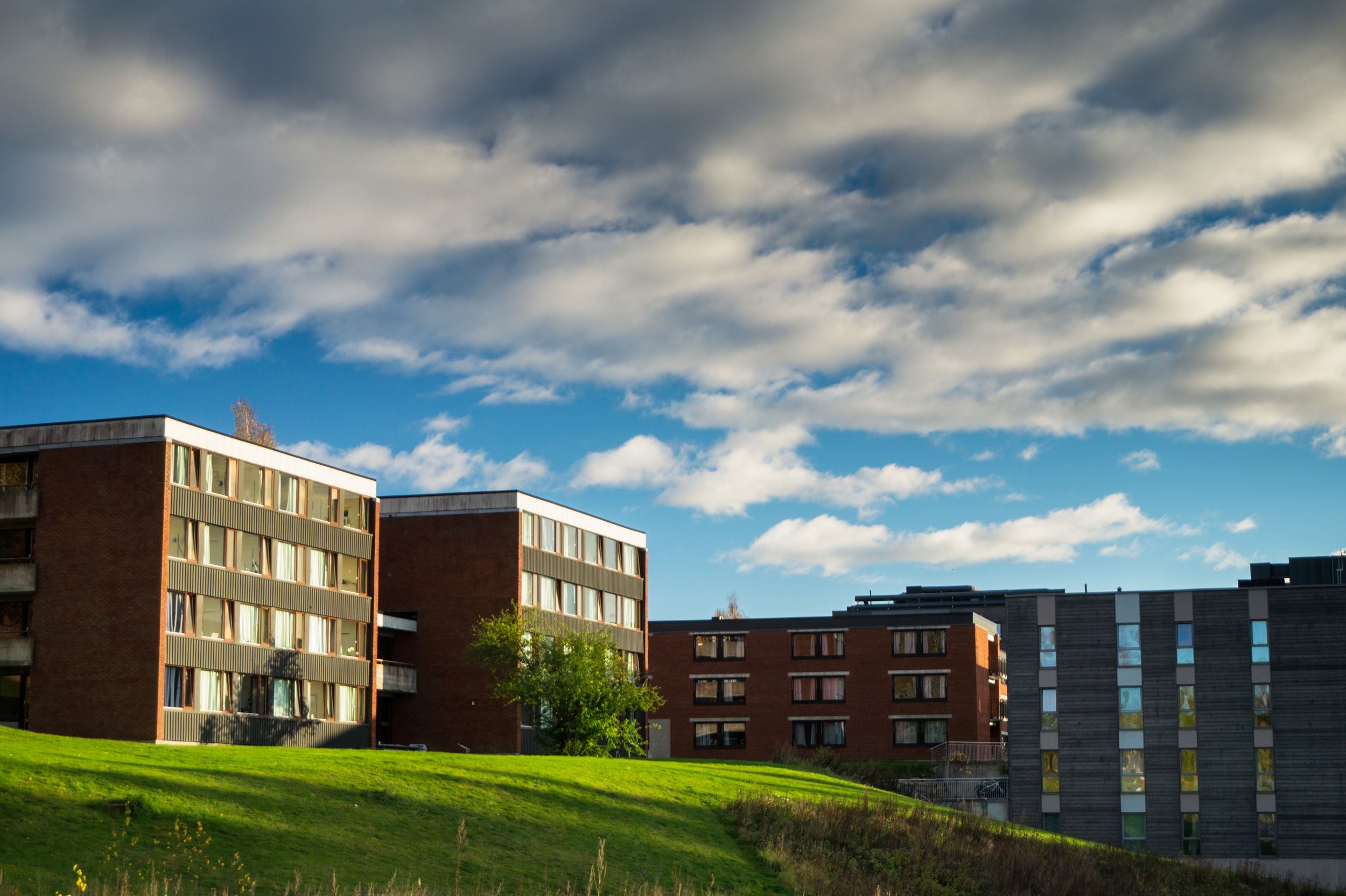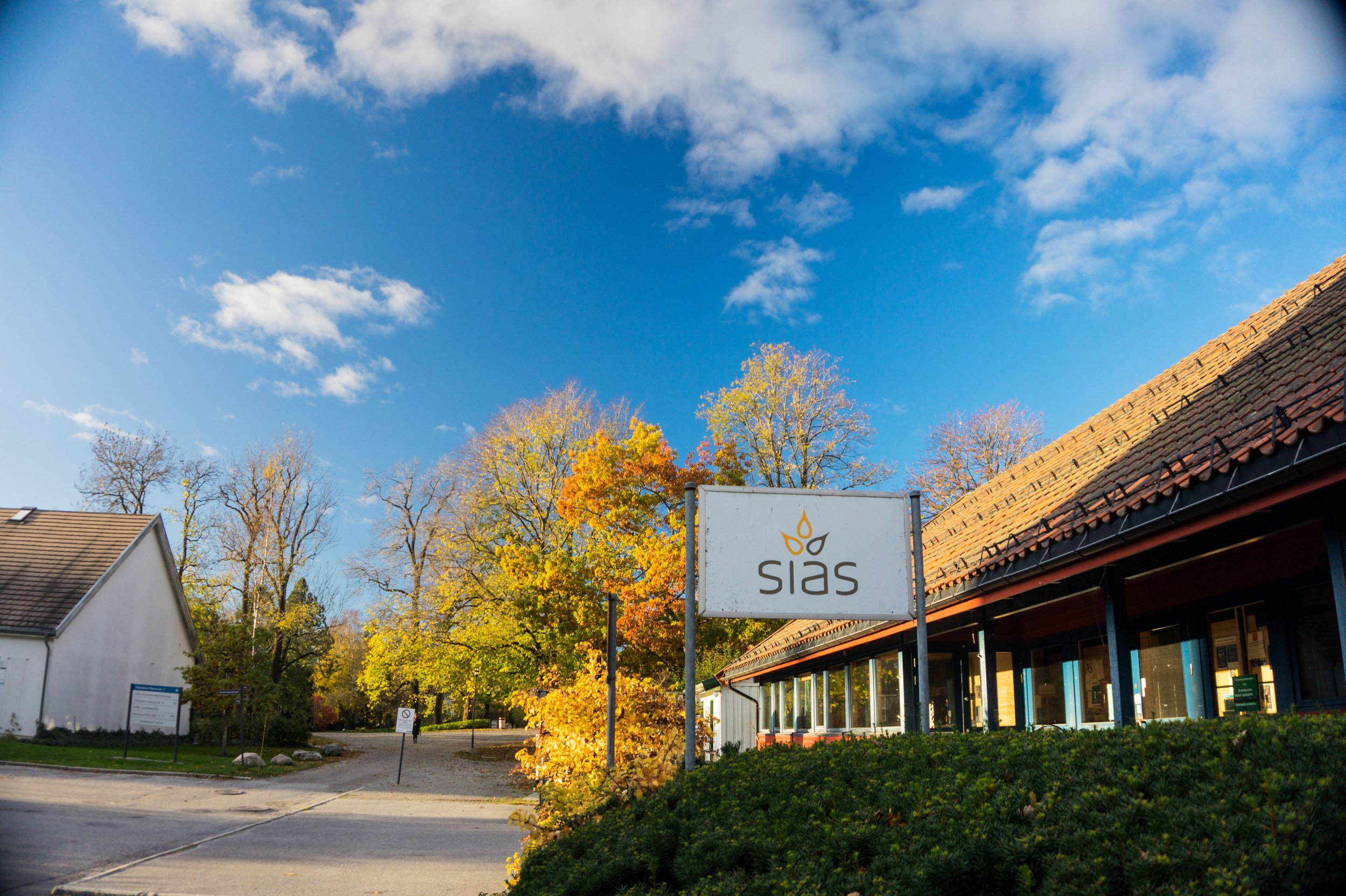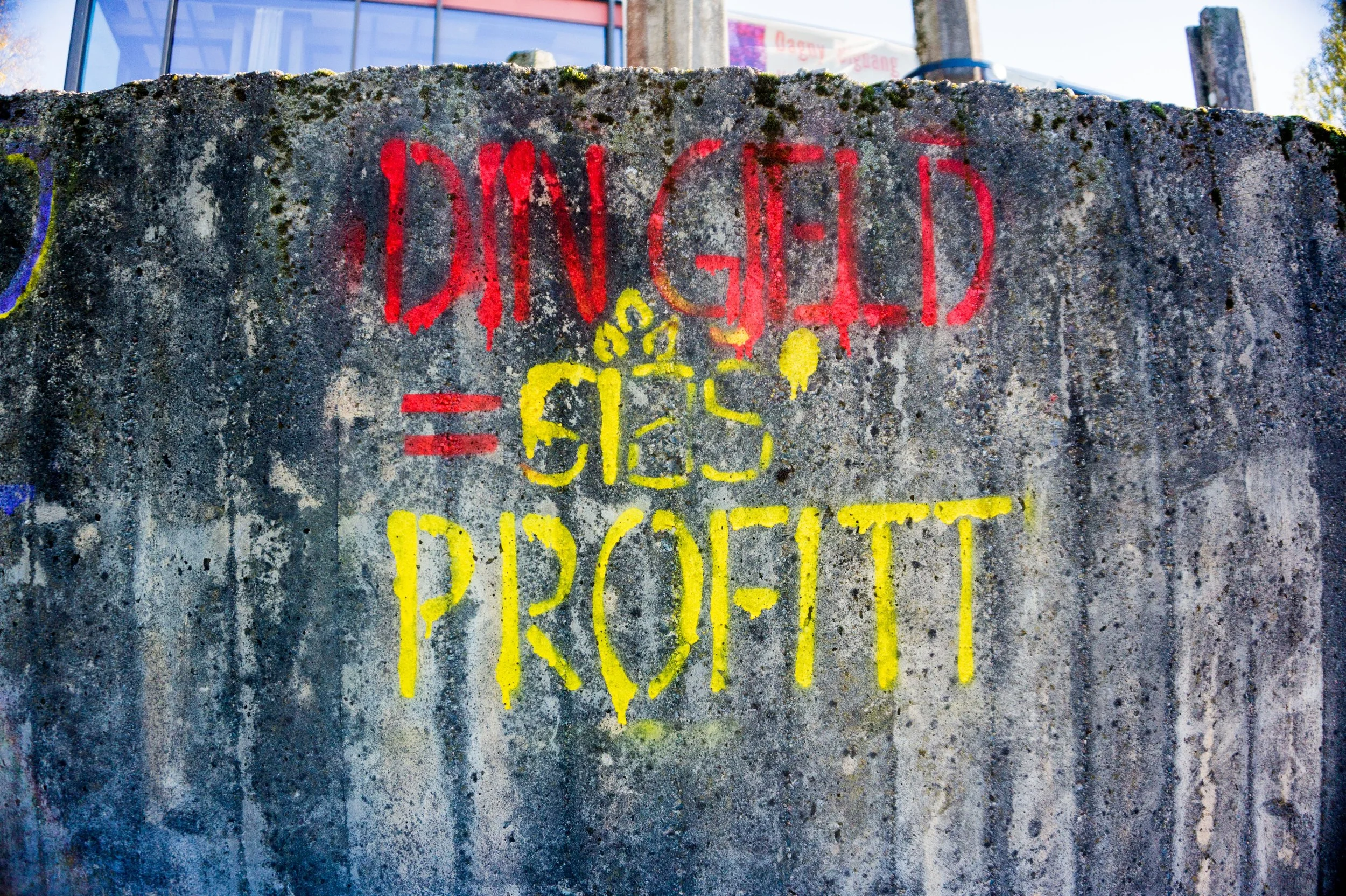Students’ purchasing power is decreasing – what can SiÅs do?

Students’ purchasing power is decreasing –
what can SiÅs do?
On the 8th of November, the 6th Student parliament carried a resolution on how SiÅs’ increases in price will not make the purchasing power of students worse. The resolution also says that SiÅs are to support the students’ wish of binding the financial support of students to 1,5G and actively work for this together with the other student welfare organizations.
Journalist: Sofie Bergset Janols
Photographer: Simen Walbækken Tangen
Illustrator: Anne Trætteberg Reitan
Photo: Simen Walbækken Tangen
Photo: Simen Walbækken Tangen
If you have been living in SiÅs housing for a few years and are living of the financial support for students, you might have noticed that your budget has become a bit tighter the last few years.
From 2016 to 2020, the financial support increased by 8,03%. In the same time period, the prices of rent for a room in a 16-person collective in Palisaden increased with 13,51%. If the rent had followed the increase of the financial support, it should have cost 4396,80 kr to live in Palisaden last fall. However, those who lived there last year were paying 4620kr.
“In an ordinary month in the fall of 2020, you had 203kr less than in the fall of 2016”, Jardar Lindaas Bringedal explains when we meet at Klubben a few days after the Student parliament. He is the one responsible for the calculations above and the resolution about SiÅs.
“A resolution is a collective statement that summarizes what an organization or an assembly, in this case the student democracy of NMBU, think of an issue”
Resolution about SiÅs, passed in Student parliament 6, 08.11.2021
The student democracy of NMBU thinks that:
• The University Foundation for Student Life in Ås (SiÅs) shall not weaken the purchasing power of students through its price increases in housing, food offerings, exercise offerings, etc.
• The University Foundation for Student Life in Ås (SiÅs) will support the students' desire to lock and increase student support to 1.5 G and work actively towards achieving this goal in collaboration with the rest of the country's organizations.
The students’ welfare organizations
Jardar felt the need to forward the resolution because the purpose of SiÅs and the student welfare organizations are to work for student welfare and for everyone to have equal opportunity for education. As the students have received decreasing funds several years in a row, he worries that the direction which this development is going “could lead to consequences far beyond student budgets”.
Photo: Simen Walbækken Tangen
Even if the resolution is aimed at SiÅs and their prices, Jardar points out that the main problem is the financial support. He believes that SiÅs is doing many great things, but thinks they could reach out even more to help the students. That is why part of the resolution is that SiÅs are to support and help students in their fight to tie the financial support to 1,5G (1,5 times the basic amount of the national insurance). As of today, the financial support for students is a bit more than 1,2G.
Controversial
The process of getting the resolution into the Student parliament has taken time, Jardar says. It is more controversial than other resolutions. This was made clear in the Student parliament, when questions were raised about how this would affect the running of SiÅs. The SiÅs board leader, Selma Sollihagen, showed that the income of SiÅs Bolig went to operations and maintenance, and that the profit is not very large. Although they want to listen to the signals from the students, they will not manage SiÅs in a way that brings risk of deficit.
Jardar disagrees: “SiÅs absolutely can go through with this”. That is the impression he is left with after a meeting he had with the Student board and the board leader of SiÅs during the process of forwarding the resolution. Furthermore, he refers to a Khrono article from 2019, where it became clear that SiÅs was the student welfare organization with the biggest profit.
How are the prices of SiÅs really decided?
In the time following, Tuntreet has been in contact with Selma Sollihagen by mail, where she elaborated on how SiÅs set their rent. Selma explains that the new prices are based on the general increase in prices (CPI) which are used in the state budget. The state budget is presented in the fall, then SiÅs decide on their budget in December, and the new prices are implemented in July.
She adds that there was an additional increase in prices in 2020: “Up until this moment, NMBU provided founding and support for IT-network in student housing, until they wanted to opt out of the agreement. We feel it is essential that students have access to stable internet in their housing. That is why we had our own network established via UNINETT in 2020. That is the reason why there was an increase in 80kr as well as the general increase in price for establishing the wireless network in student housings to cover the investment and operating cost related to this.”
When asked about how the resolution will affect the setting of prices of SiÅs, Selma answers: “I cannot comment on the effect of the resolution, as the budget for next year has not been discussed in the board yet. This will be done in the board meeting in December. I would still say that what the resolution request in their first point is already are being considered to the possible extent. The point of supporting the claim of binding the student financial support to 1,5G, is not something we will have an issue with, making it clear that we agree with the students.”
What happens next?
Now that the resolution has passed, it is the Student Board who has to continue the work. Tuntreet asked the Student Board leader Ina Maria Finnerud about how they have planned to do that.
“Moving forward we will continue to work with and have a good relation to and dialogue with the administration and board of SiÅs, where we already have presented the demands of the resolution to the board leader. The first thing we will look into is how NMBU can help fund the cafeterias to a greater extent than they do now, and be contributors to the student welfare in collaborative agreements.”, Ina answers by mail.
The Student board will also be working with The National Union of Students in Norway (NSO) to raise the issue on a national level, and to get the student democracies in other universities and colleges to join. She continues: “This resolution is also heard as a local product of a bigger national movement, where the students have become the losing part, between bad support arrangements and low financial support. To achieve student political breakthroughs, we must work together to a greater extent across student democracy, university, municipality and student union.”
“You have to start somewhere”
So, what does it really mean to the students that the resolution about SiÅs was passed?
Ina answers this: “Like with all politics, it is about the process. Matters will not change overnight, neither in this case, and will not be instantly significant to the students of NMBU. Still, we are sending a very clear signal of the welfare situation of the students, and it gives us in the Student Board some terms of reference to use when we share our suggestions and advice to SiÅs. (…) The Student parliament is the arena where the students can speak out about things they want to change or improve aspects of their own student life, and that is why this will be the top priority moving forward.”
Even though it will take some time before we see the effects, Jardar is very pleased with the resolution being passed and to be worked with more: “You have to start somewhere”.






